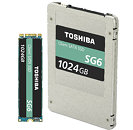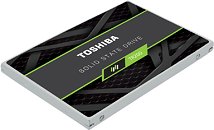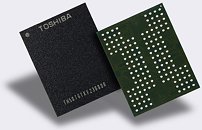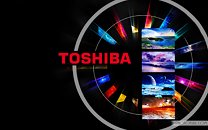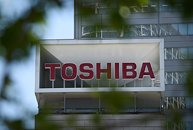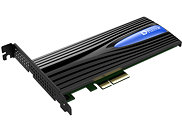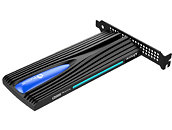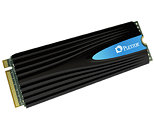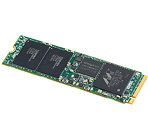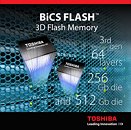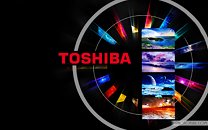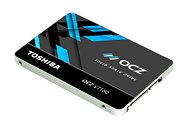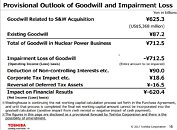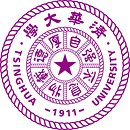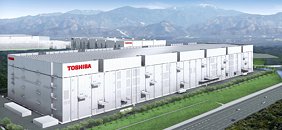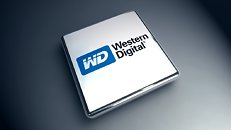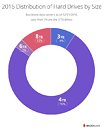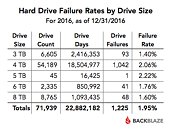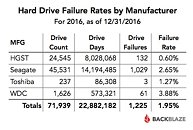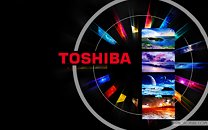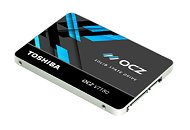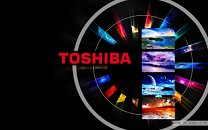
Toshiba Announces SG6 Series SATA Client SSD Utilizing 64-Layer 3D Flash
Toshiba Memory Corporation, the world leader in memory solutions, today announced the launch of the SG6 series, a new line-up of SATA client SSDs utilizing Toshiba Memory Corporation's cutting-edge 64-layer, 3-bit-per-cell (TLC) BiCS FLASH. Sample shipments to PC OEM customers start today in limited quantities, and Toshiba Memory Corporation will gradually increase shipments from the fourth calendar quarter of this year.
The new SG6 series SSDs features a SATA Revision 3.3, 6.0Gbit/s interface, and delivers performance of up to 550MB/s sequential read and 535MB/s sequential write. Thanks to improved flash memory management and performance, active power consumption is cut by approximately 40% compared to previous generation products. This improvement can extend battery life, a plus for many applications including mobile computing.
The new SG6 series SSDs features a SATA Revision 3.3, 6.0Gbit/s interface, and delivers performance of up to 550MB/s sequential read and 535MB/s sequential write. Thanks to improved flash memory management and performance, active power consumption is cut by approximately 40% compared to previous generation products. This improvement can extend battery life, a plus for many applications including mobile computing.
